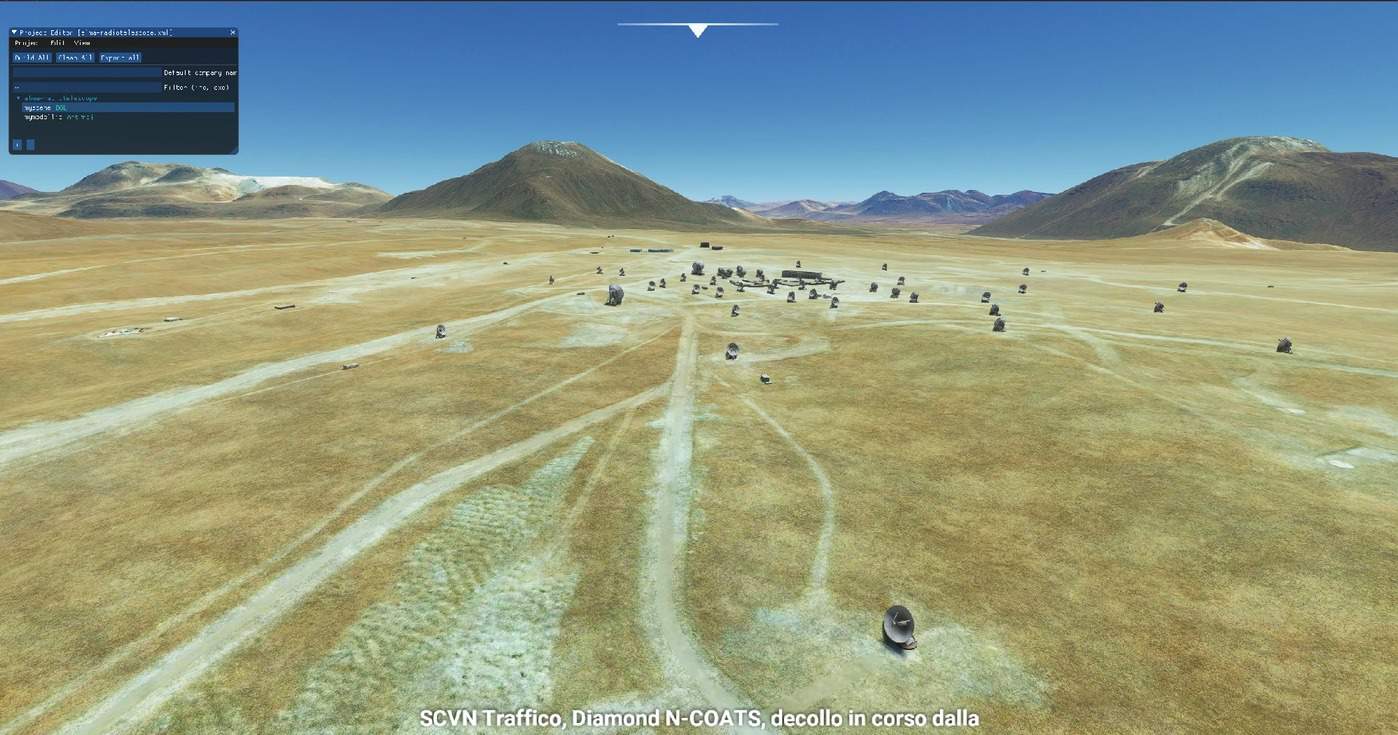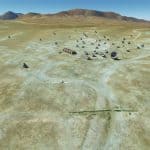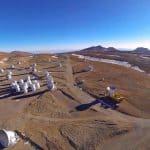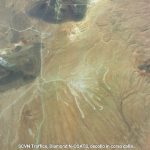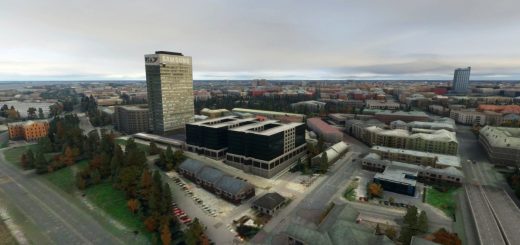ALMA Atacama Large Millimeter Array Radiotelescope v0.1
The Atacama Large Millimeter/submillimeter Array (ALMA) is an astronomical interferometer of 66 radio telescopes in the Atacama Desert of northern Chile, which observe electromagnetic radiation at millimeter and submillimeter wavelengths. The array has been constructed on the 5,000 m (16,000 ft) elevation Chajnantor plateau – near the Llano de Chajnantor Observatory and the Atacama Pathfinder Experiment. This location was chosen for its high elevation and low humidity, factors which are crucial to reduce noise and decrease signal attenuation due to Earth’s atmosphere.[1] ALMA is expected to provide insight on star birth during the early Stelliferous era and detailed imaging of local star and planet formation.
The initial ALMA array is composed of 66 high-precision antennas, and operates at wavelengths of 3.6 to 0.32 millimeters (31 to 1000 GHz).[7] The array has much higher sensitivity and higher resolution than earlier submillimeter telescopes such as the single-dish James Clerk Maxwell Telescope or existing interferometer networks such as the Submillimeter Array or the Institut de Radio Astronomie Millimétrique (IRAM) Plateau de Bure facility.
The antennas can be moved across the desert plateau over distances from 150 m to 16 km, which will give ALMA a powerful variable “zoom”, similar in its concept to that employed at the centimetre-wavelength Very Large Array (VLA) site in New Mexico, United States.
The high sensitivity is mainly achieved through the large numbers of antenna dishes that will make up the array.
In the .RAR file you find the scenery (in community folder) and a FS2020 Flight plan you have to put in an external folder and load with the simulator.
a simple tour of S.Pedro de Atacama zone request a “strong” plane for the high altitude
GPS Coordinates: -23.02210, -67.75401

